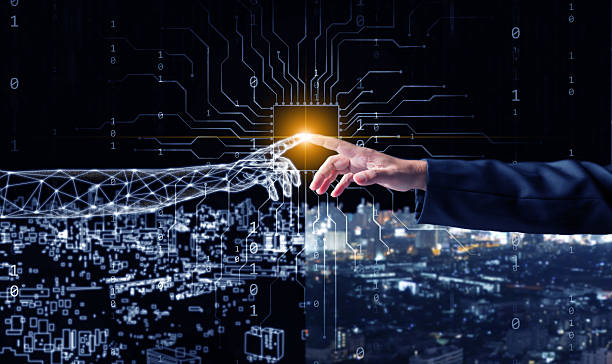The next evolution of infrastructure will not be built from concrete and code alone. It will be shaped by digital reflections dynamic models that allow systems to see, simulate, and perfect themselves before they exist in the physical world.


For most of history, design has been static. A plan was drawn, executed, and handed over to operations, where reality inevitably diverged from the blueprint.
Digital twins change that. They transform design into an ongoing dialogue between intention and outcome.
A digital twin is not a diagram it is a living model that mirrors the behavior of a physical system in real time. Every fluctuation in temperature, power, and performance is reflected back into the model, allowing decisions to be made with foresight rather than reaction.
What begins as representation evolves into prediction.
The true power of a digital twin lies in its ability to expose what design documents cannot: the relationships between variables that normally remain hidden.
How a small rise in inlet temperature affects redundancy margins. How minor inefficiencies compound into measurable losses over time.
When systems can see themselves, they learn. And when they learn, design ceases to be a one-time event it becomes an iterative process of refinement.
This new feedback loop redefines what it means to build. Construction becomes conversation. Operation becomes insight.
Design has always relied on materials—steel, copper, silicon. Now it relies on information.
Intelligent modeling allows infrastructure to be tested under stress before a single foundation is laid. Scenarios can be simulated, weaknesses corrected, and environmental impact minimized.
The result is a new kind of material truth: buildings and networks conceived not by assumption, but by evidence.
Intelligence is no longer a feature added after deployment; it is the raw material of creation itself.
Early uses of digital twins focused on efficiency—reducing energy consumption, optimizing equipment schedules, minimizing downtime.
The next step goes deeper: understanding why systems behave the way they do.
Patterns of inefficiency often reveal deeper structural issues design assumptions that no longer hold, operational blind spots, or unbalanced interactions between mechanical and digital systems.
The twin becomes not just a tool, but a teacher.
The sophistication of simulation does not replace human judgment it amplifies it.
Designers, engineers, and strategists gain the ability to ask better questions:
What if we change the way cooling and load distribution interact?
What if sustainability targets are treated as measurable design variables, not marketing claims?
The answers no longer come from guesswork, but from modeled consequence.
The twin allows the human mind to think in systems instead of silos.
The future will be defined by those who build twice: once in the model, and once in reality.
Every adjustment made in the virtual space prevents waste, delay, and rework in the physical one.
This new frontier does not erase the art of design—it elevates it into an exact science guided by observation and feedback.
Infrastructure that sees itself can correct itself.
And when the physical and digital finally move in harmony, design becomes what it was always meant to be: the pursuit of understanding made tangible.